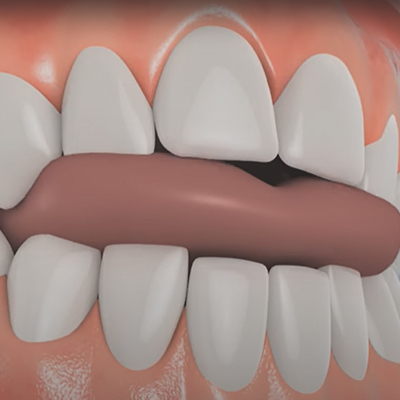12+ Tooth Extraction Tips For Minimal Pain

Tooth extraction, a procedure that can evoke feelings of anxiety and dread in many individuals. The thought of having a tooth removed can be unsettling, but with the right approach and understanding, it doesn’t have to be a painful or traumatic experience. In this comprehensive guide, we’ll delve into the world of tooth extraction, exploring the intricacies of the procedure, and providing you with 12+ valuable tips to minimize pain and ensure a smooth recovery.
Understanding Tooth Extraction
Before we dive into the tips, it’s essential to understand the basics of tooth extraction. There are two primary types of tooth extraction: simple and surgical. Simple extractions involve removing a tooth that is visible above the gum line, typically using a local anesthetic to numb the area. Surgical extractions, on the other hand, are more complex and involve removing teeth that are impacted orBroken, often requiring incisions and sutures.
Pre-Extraction Preparation
Proper preparation is key to a successful and pain-free tooth extraction experience. Here are a few things to keep in mind:
- Discuss your medical history: Inform your dentist or oral surgeon about any medical conditions, allergies, or medications you’re taking. This will help them determine the best course of action and potential risks.
- Arrange for transportation: If you’re undergoing sedation or general anesthesia, ensure you have a ride home, as you may not be able to drive.
- Follow pre-extraction instructions: Your dentist or oral surgeon may provide specific instructions, such as fasting or avoiding certain medications, to ensure a safe and successful procedure.
12+ Tooth Extraction Tips for Minimal Pain
Now that we’ve covered the basics, let’s dive into the tips:
- Choose a skilled dentist or oral surgeon: Selecting an experienced professional can make a significant difference in the success and comfort of your tooth extraction.
- Use a local anesthetic: Local anesthetics, such as lidocaine or novocaine, can help numb the area, reducing discomfort during the procedure.
- Consider sedation dentistry: Sedation dentistry can help you relax and feel more comfortable during the extraction, especially if you’re anxious or fearful.
- Take pain medication as directed: Follow your dentist’s or oral surgeon’s instructions for taking pain medication to manage discomfort after the procedure.
- Apply ice: Applying an ice pack to the affected area can help reduce swelling and ease pain.
- Eat soft foods: Stick to a soft food diet for a few days after the extraction to avoid irritating the extraction site.
- Avoid strenuous activities: Avoid heavy lifting, bending, or strenuous exercises, as they can dislodge the blood clot and delay healing.
- Don’t smoke: Smoking can slow down the healing process and increase the risk of complications.
- Keep the extraction site clean: Gently rinse the area with warm salt water to keep it clean and promote healing.
- Use a warm compress: Applying a warm compress to the area can help soothe discomfort and promote healing.
- Consider a desensitizing toothpaste: Using a desensitizing toothpaste can help reduce sensitivity in the surrounding teeth.
- Follow-up appointments: Attend all scheduled follow-up appointments to ensure the extraction site is healing properly.
Additional Tips
- Stay hydrated: Drink plenty of water to help your body recover and promote healing.
- Get plenty of rest: Adequate rest can help your body recover from the procedure and reduce discomfort.
- Avoid spicy or acidic foods: Avoid foods that can irritate the extraction site and delay healing.
Conclusion
Tooth extraction doesn’t have to be a daunting experience. By understanding the procedure, following the 12+ tips outlined above, and taking the necessary precautions, you can minimize pain and ensure a smooth recovery. Prioritize your oral health, and don’t hesitate to reach out to your dentist or oral surgeon if you have any questions or concerns.
What are the risks associated with tooth extraction?
+While tooth extraction is generally a safe procedure, there are potential risks, such as dry socket, infection, and nerve damage. Discuss these risks with your dentist or oral surgeon to understand the potential complications.
How long does it take to recover from a tooth extraction?
+Recovery time can vary depending on the complexity of the extraction and individual factors. Generally, it can take a few days to a week to recover from a simple extraction, while surgical extractions may require a longer recovery period.
Can I drive after a tooth extraction?
+If you’ve undergone sedation or general anesthesia, it’s recommended to have someone drive you home, as you may not be able to drive safely. If you’ve only had a local anesthetic, you may be able to drive, but it’s essential to follow your dentist’s or oral surgeon’s instructions.


